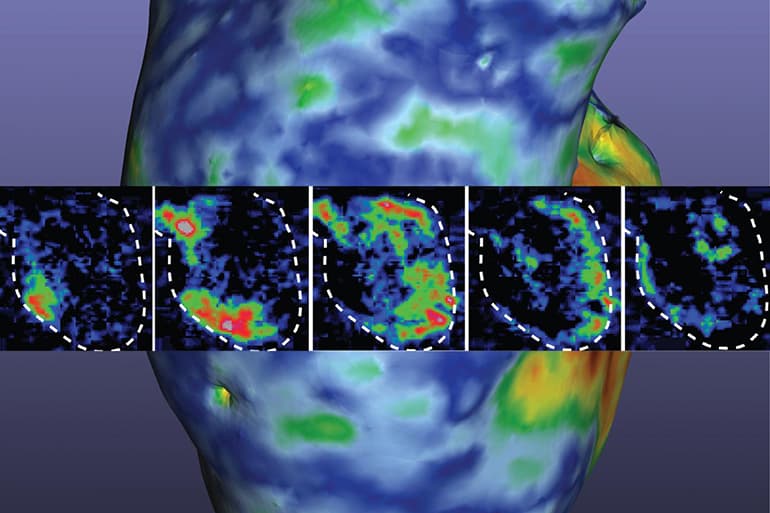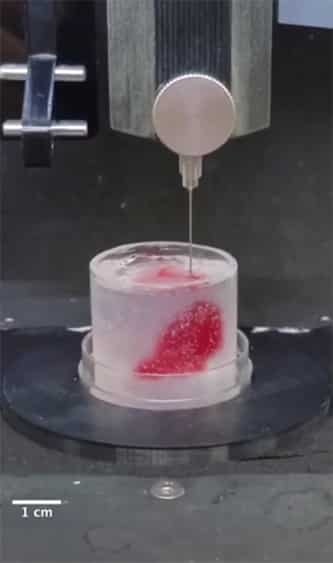Scientists at the University of Minnesota have 3D printed a beating heart muscle “pump” composed of pluripotent stem cells and extracellular matrix. Researchers grow stem cells within the structure until they reach a suitable cell density, and then differentiate them into cardiomyocytes. This 1.5 cm-sized structure can pump liquids and can be used as a myocardial model for studying diseases and testing new therapies.

Previous attempts to print cardiomyocytes in extracellular matrix “inks” have been trying to achieve the proper cell density. The team decided to try another method, instead of printing cardiomyocytes, printing undifferentiated stem cells and then programming them to become cardiomyocytes in the printed structure.
“At first, we tried 3D printing cardiomyocytes, but we also failed,” said Brenda Ogle, a researcher involved in the study. “So, with our expertise in stem cell research and 3D printing, we decided to try a new method. We optimized a special ink made from extracellular matrix proteins, combined the ink with human stem cells, and used the ink Add cells to 3D print the chamber structure. Stem cells are first expanded to a high cell density in the structure, and then we differentiate them into cardiomyocytes.”
By cultivating stem cells within the structure, researchers can obtain the appropriate cell density. In the process of differentiating them in situ, these cells develop into cardiomyocytes in an environment closer to the natural heart. The newly differentiated cells begin to organize and work together. In fact, after about a month of culture, these cells started beating like they usually do in the heart.
The structure that the Minnesota team has been printing is about 1.5 cm in size and is a closed bladder that can pump fluid. Researchers intend to use the technology to study heart disease and test new treatments.
Ogle said: “We now have a model to track and track what happens at the cellular and molecular levels in the pump structure, and thus begin to approach the human heart.” “We can introduce disease and damage into the model, and then study drugs and other The role of therapy.”
Watch the following video about the technology:


